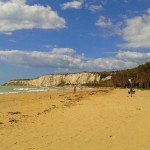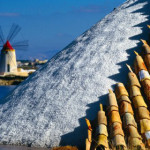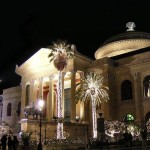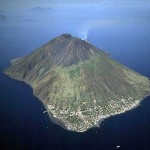Although Cefalù is not a big city, it is one of the most visited places by tourists and travellers who spend their holidays in Sicily. It seems a small fishing port on the Tyrrhenian sea and this was often the reason why it was considered a must-see city by tourists. Its long golden sand beach, which stretches up to the Aranciotto bay and the Settefrati with its seven stacks – according to the local myth those are the petrified bodies of seven brothers who tried in vain to save a beautiful woman – is really appreciated both by locals and tourists.
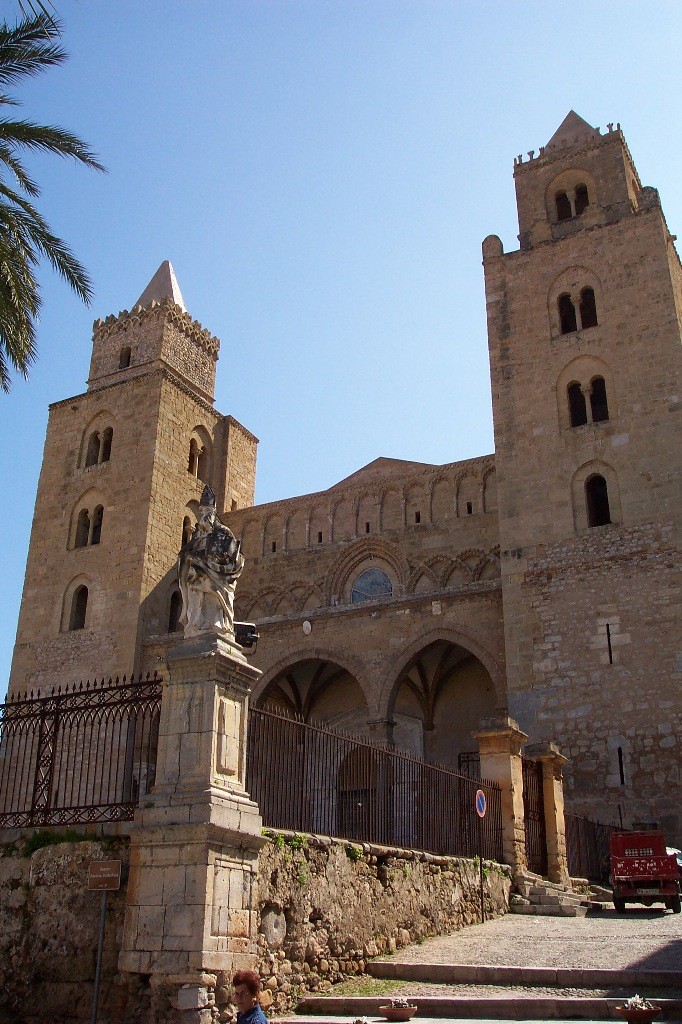
On the sea front you can still see the ancient walls datable to the Hellenistic-Roman period. The Arabs conquered the Byzantine settlement, who ruled until the beginning of the eleventh century when the Normans conquered Sicily. The marks of Norman domination are so numerous that, not surprisingly, Cefalù was called “the Norman town”. The most important building is the Cathedral, datable to the beginning of the twelfth century. According to the tradition, its construction was arranged by Roger II, miraculously landed on the coast after escaping a storm. Among the specialties of fish that the Sicilian cuisine can offer to tourist, we can cite “le alici della duchessa” (the anchovies of the Duchess), a sauce made of anchovies, sliced bread, garlic, onion, parsley, olive oil, vinegar, spread a slice of bread, even with a little bit of butter.
Corso Ruggero is the main street of the old district and during the Middle Ages was the limit of the city. Nowadays you can see baroque churches and aristocratic palaces on both sides of the avenue, where you can also find the most elegant shops in the city.
From the old harbour you can enjoy one the best sights on the old centre of the town, where there is also Porta Pescara, one of the four gates of the city during the seventeenth century.
The Cefalù Dome
The Norman Cathedral is the core centre of the city and it is located in the shadow of a huge head-shaped rock – this is the origin of the name of the city, Cephaloedium – called Rocca. On its slopes there is the Temple of Diana.
In the Dome square there are the ancient St. Catherine monastery (now it is the Town Hall), Palazzo Episcopale and Palazzo Piraino.
Some other must-see places are also the Mandralisca museum, the bastion of the Marchiafava cape, the public medieval washhouse, the Palazzo Osterio Magno with its typical windows and narrow cobbled medieval streets, within which it is easy to get lost before reaching the sea or the Cathedral.


